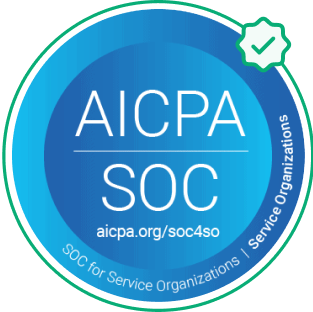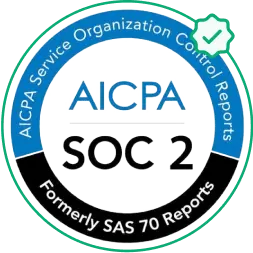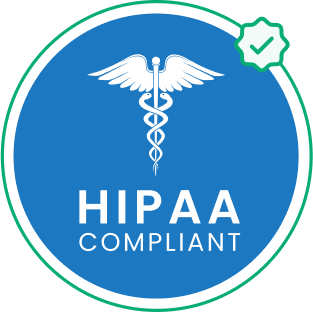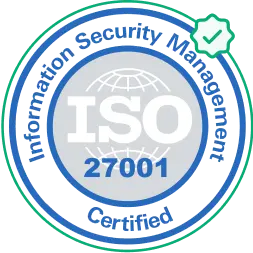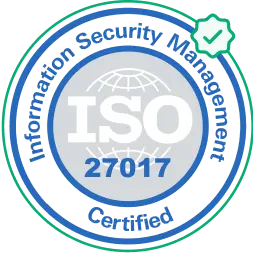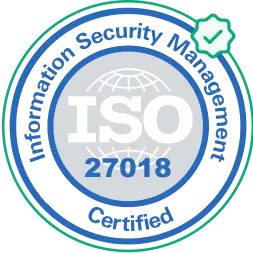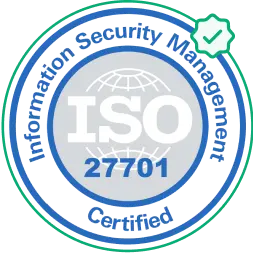What is employee orientation?
Employee orientation is a one-time event that takes place when a new hire joins your organization and helps them get familiar with the workplace. It includes sharing organizational information with the new employees and maybe even giving them an office tour to ensure they don’t have much trouble fitting into the organization.Orientation programs may last for a few hours or maybe days. Well-planned employee orientation familiarizes employees with company policies, resolves paperwork requirements, and answers questions or concerns the new hire may have.Not to be confused with:
Not to be confused with:
What all should be included in employee orientation?
PaperworkDocumentation work, such as signing the offer of employment or being given an employee handbook provides new joinees the information they need and is an important part of employee orientation.Welcome messagesWelcome messages are a great way to make the new hires feel acknowledged and appreciated. These messages also encourage engagement and collaboration with the team.Office accessBe it your new hire’s access card or giving them a parking spot, access to office spaces is an essential part of new employee orientation. Additionally, sharing an office map with them might make things easier for the new hire.Access to hardware and softwareOrganizations need to ensure optimal productivity of the new employees and an essential part of this is giving them access to tools for communication, project management, time tracking, and any other security keys they might need.

